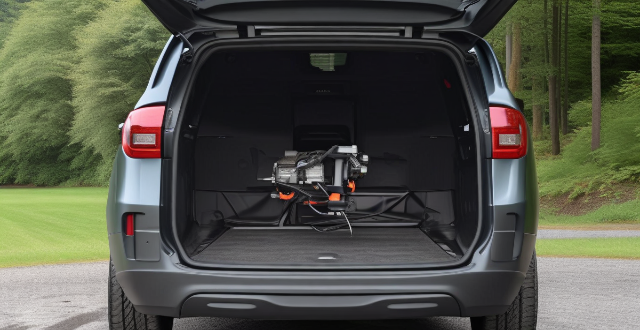Electronic Brakeforce Distribution (EBD) systems are designed to enhance vehicle safety by dynamically distributing brake force between the front and rear wheels based on factors such as vehicle speed, deceleration rate, and load. This optimizes stopping power and control under different driving conditions, working in conjunction with ABS to prevent wheel lock-up and maintain stability. The benefits include improved safety, enhanced stability, and adaptability to changing road conditions, making EBD an advanced braking technology that significantly improves vehicle performance and driver confidence.

How do Electronic Brakeforce Distribution (EBD) Systems Work?
Electronic Brakeforce Distribution (EBD) systems are advanced braking technologies designed to enhance vehicle safety by distributing braking force more effectively between the front and rear wheels. Unlike traditional brake systems that distribute brake force equally to all wheels, EBD systems adjust the distribution dynamically based on various factors such as vehicle load, speed, and deceleration rate. Here's a detailed explanation of how EBD systems work:
Detection of Braking Needed
When the driver applies pressure to the brake pedal, the EBD system immediately detects this action and begins analyzing the current driving conditions.
Factors Considered by EBD Systems:
- Vehicle Speed: The faster the vehicle is moving, the greater the potential for weight transfer during braking.
- Deceleration Rate: How quickly the vehicle is slowing down impacts weight distribution.
- Vehicle Load: Heavier loads can affect weight distribution and require different braking forces.
Dynamic Brake Force Distribution
Based on the data collected from sensors and the vehicle's electronic control unit (ECU), the EBD system calculates the optimal brake force needed at each wheel to ensure maximum effectiveness and efficiency.
Key Functions:
- Weight Transfer Compensation: During hard braking, weight shifts forward, increasing the load on the front wheels. EBD adjusts to apply more braking force to the front wheels where needed.
- Load Sensitivity: If the vehicle is carrying a heavy load or is loaded unevenly, EBD adjusts the brake force accordingly to maintain stability and control.
- Traction Control: By managing brake force at each wheel, EBD can help prevent wheel lock-up, improving traction and reducing the risk of skidding.
Benefits of EBD Systems
- Improved Safety: More effective stopping power and better control under varied driving conditions.
- Enhanced Stability: By preventing wheel lock-up and maintaining vehicle balance, EBD contributes to overall stability during emergency stops.
- Adaptability: EBD systems adapt in real-time to changing road conditions and vehicle states, providing consistent performance.
Integration with ABS (Anti-lock Braking System)
EBD often works in conjunction with ABS. While EBD optimizes the distribution of brake force, ABS prevents wheel lock-up by rapidly pumping the brakes at any wheel that is about to lock. Together, they create a comprehensive braking solution that significantly improves vehicle safety and performance.
In summary, Electronic Brakeforce Distribution (EBD) systems use advanced technology to dynamically manage brake force distribution between the front and rear wheels based on various driving conditions. This ensures optimal brake performance, enhancing both safety and control for drivers in a wide range of scenarios.